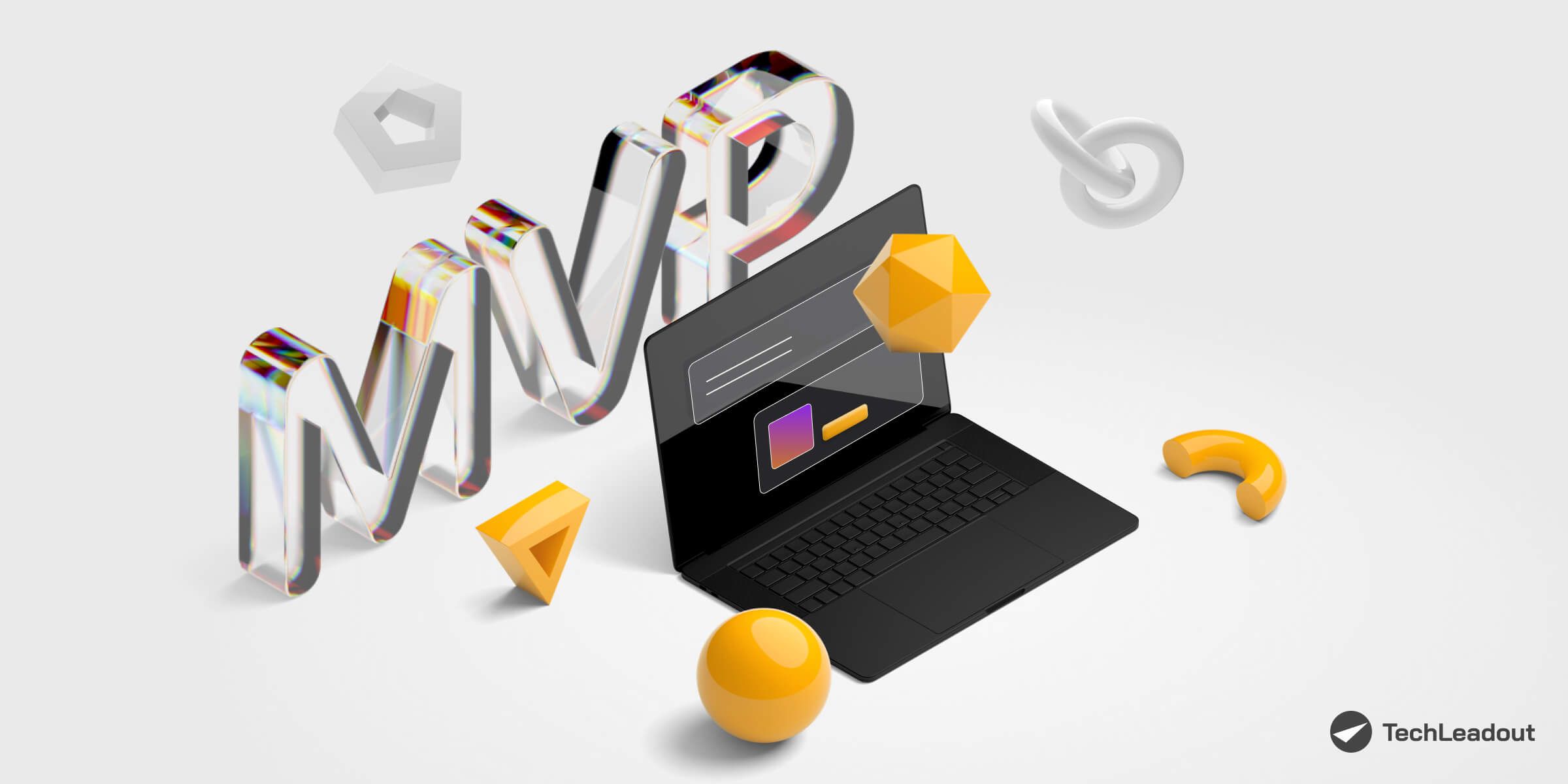5 Tips for Building a Minimum Viable Product (MVP)

Are you looking to build a Minimum Viable Product (MVP) but don't know where to start? Do you want to launch your product quickly and with minimal resources? We’re here to help you with some valuable tips that will make your MVP development process a breeze.
But first, let's clarify what an MVP is. An MVP is a version of your product that has only the essential features needed to validate your business idea. It's a great way to test your product hypothesis and get feedback from early adopters without spending too much time and money.
Now, let's dive into the five tips that will help you build a killer MVP:
- Start with the problem, not the solution. Many entrepreneurs make the mistake of starting with a solution and then looking for a problem to solve. Don't fall into that trap! Instead, focus on identifying a real problem that your target audience faces and develop a solution to solve it. This approach will ensure that you build something that people actually need and are willing to pay for.
- Keep it simple. Remember, your MVP is not the final product. It's the minimum version you need to launch to validate your idea. Therefore, keep it simple and avoid adding unnecessary features. The goal is to test the core functionalities and see if people are willing to use your product.
- Test early and often. Testing is critical when it comes to building an MVP. You need to get feedback from your target audience as soon as possible to understand if your product meets their needs. Therefore, start testing early and keep iterating until you find the right product-market fit.
- Focus on user experience. Even though your MVP may have limited features, you still need to focus on providing a great user experience. Your users should find your product easy to understand and use. If they struggle to use it, they're less likely to come back or recommend it to others. Your goal should be to build a simple product that people will love: a Minimum Lovable Product. Users will overlook imperfections in a product they love and will naturally share it with others.
- Don't forget about scalability. Even though you're building an MVP, it's important to keep scalability in mind. Your product may take off faster than you expect, and you need to ensure that it can handle increased traffic and users. Therefore, make sure that you use scalable infrastructure and design your product with future growth in mind.
Unfortunately, there are many examples of startups that failed because they did not follow the steps outlined in building an MVP. Here are a few examples:
- Juicero - Juicero was a startup that created a $700 juicing machine that required proprietary juice packs. Despite raising $120 million in funding, the company failed to recognize that customers weren't willing to pay that much for a product they could easily make with a $40 juicer. In addition, the company did not test the product with users before launching and discovered that the juice packs could be squeezed by hand, rendering the expensive machine useless.
- Color - Color was a social media app that allowed users to share photos and videos with people nearby. The company raised $41 million in funding, but failed to gain traction because the app was confusing and difficult to use. In addition, the company did not conduct adequate user testing before launching and did not have a clear value proposition for users.
- Fab - Fab was an e-commerce site that sold design-focused products. The company raised over $330 million in funding, but failed to achieve profitability because it focused too heavily on growth at the expense of customer retention. In addition, the company had a complex supply chain and did not have a clear differentiation from competitors.
Summary
Building an MVP is crucial for success and it's important to focus on the right things from the get-go. By following these five tips, you will increase your chances of building an MVP that people will enjoy. Remember to identify the problem, keep it simple, test early and often, focus on user experience, and plan for scalability.
If you need help getting your MVP off the ground, the TechLeadout team is ready to assist you with user experience design and audit, product design, as well as web and cross-platform development.
